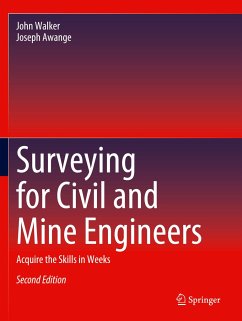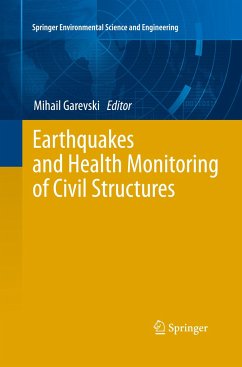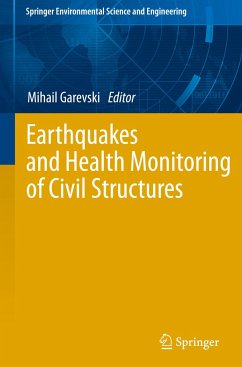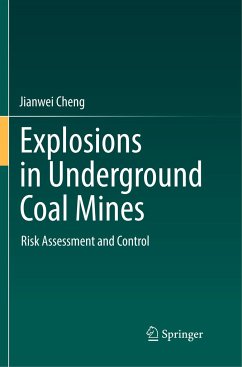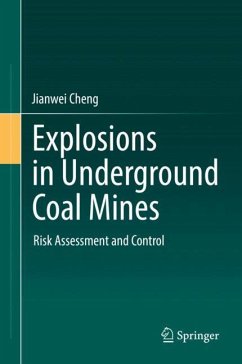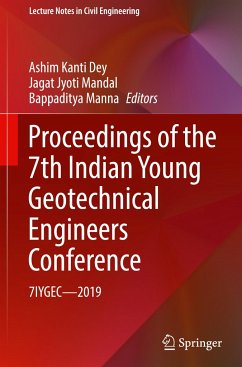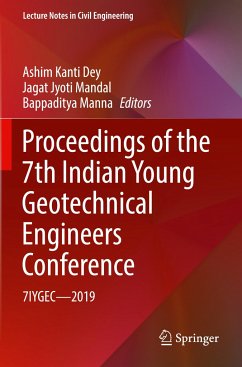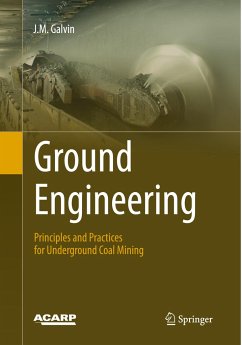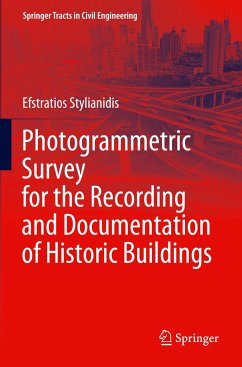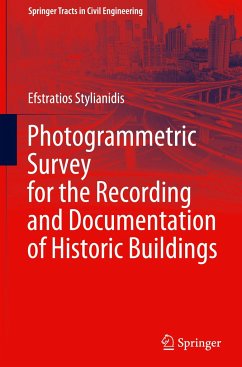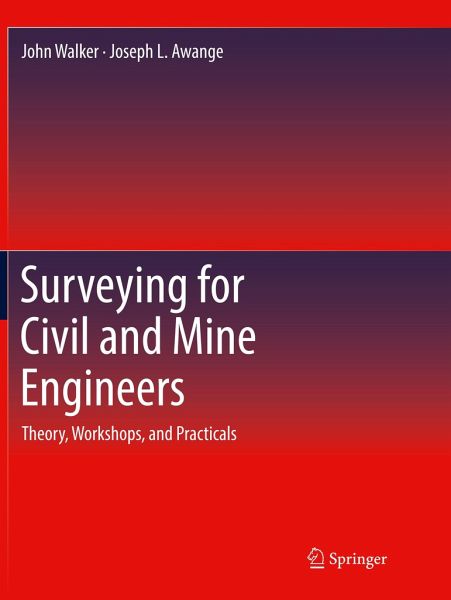
Surveying for Civil and Mine Engineers
Theory, Workshops, and Practicals
Versandkostenfrei!
Versandfertig in 6-10 Tagen
76,99 €
inkl. MwSt.
Weitere Ausgaben:

PAYBACK Punkte
38 °P sammeln!
"Indeed, the most important part of engineering work-and also of other scientific work-is the determination of the method of attacking the problem, whatever it may be, whether an experimental investigation, or a theoretical calculation. ... It is by the choice of a suitable method of attack, that intricate problems are reduced to simple phenomena, and then easily solved." Charles Proteus Steinmetz.The structure of this book is to provide a sequence of theory, workshops and practical field sessions that mimic a simple survey project, designed for civil and mining engineers. The format of the bo...
"Indeed, the most important part of engineering work-and also of other scientific work-is the determination of the method of attacking the problem, whatever it may be, whether an experimental investigation, or a theoretical calculation. ... It is by the choice of a suitable method of attack, that intricate problems are reduced to simple phenomena, and then easily solved." Charles Proteus Steinmetz.
The structure of this book is to provide a sequence of theory, workshops and practical field sessions that mimic a simple survey project, designed for civil and mining engineers. The format of the book is based on a number of years of experience gained in presenting the course at undergraduate and post graduate levels. The course is designed to guide engineers through survey tasks that the engineering industry feels is necessary for them to have a demonstrated competency in surveying techniques, data gathering and reduction, and report presentation. The coursei
s not designed to make engineers become surveyors. It is designed to allow an appreciation of the civil and mine engineering surveyor's job. There are many excellent text books available on the subject of engineering surveying, but they address the surveyor, not the engineer. Hopefully this book will distil many parts of the standard text book. A lot of the material presented is scattered through very disparate sources and has been gathered into this book to show what techniques lie behind a surveyor's repertoire of observational and computational skills, and provide an understanding of the decisions made in terms of the presentation of results. The course has been designed to run over about 6 weeks of a semester, providing a half unit load which complements a computer aided design (CAD) based design project.
The structure of this book is to provide a sequence of theory, workshops and practical field sessions that mimic a simple survey project, designed for civil and mining engineers. The format of the book is based on a number of years of experience gained in presenting the course at undergraduate and post graduate levels. The course is designed to guide engineers through survey tasks that the engineering industry feels is necessary for them to have a demonstrated competency in surveying techniques, data gathering and reduction, and report presentation. The coursei
s not designed to make engineers become surveyors. It is designed to allow an appreciation of the civil and mine engineering surveyor's job. There are many excellent text books available on the subject of engineering surveying, but they address the surveyor, not the engineer. Hopefully this book will distil many parts of the standard text book. A lot of the material presented is scattered through very disparate sources and has been gathered into this book to show what techniques lie behind a surveyor's repertoire of observational and computational skills, and provide an understanding of the decisions made in terms of the presentation of results. The course has been designed to run over about 6 weeks of a semester, providing a half unit load which complements a computer aided design (CAD) based design project.



